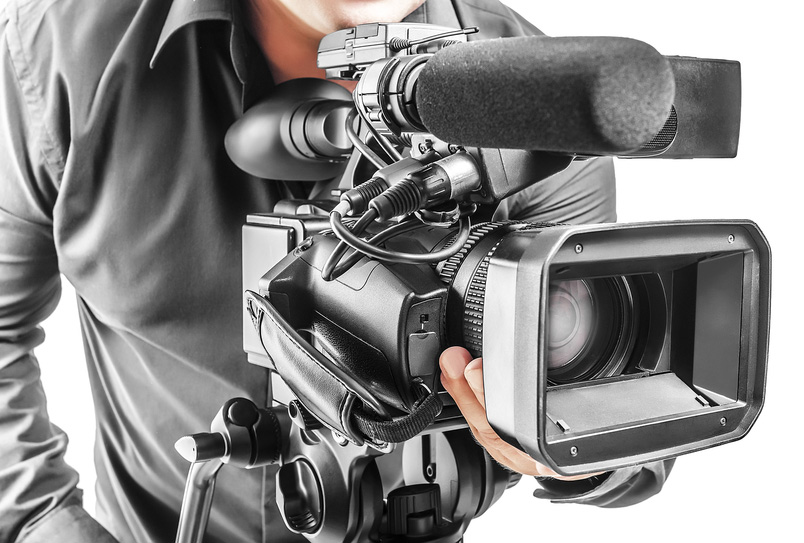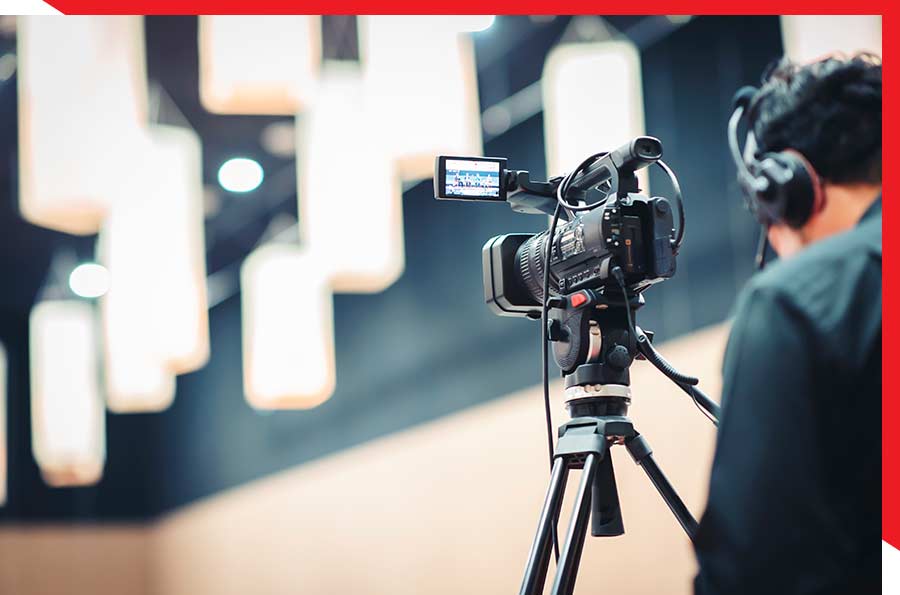Key Factors to Consider When Hiring Legal Videography Professionals
Delving Into the Devices of Lawful Videography: Unveiling Its Operation in Safeguarding Authentic Visual Testimony for Judicial Procedures
In the realm of judicial proceedings, the role of lawful videography stands as a cornerstone in maintaining and presenting visual evidence. As technology proceeds to advance, the devices behind lawful videography have actually come to be increasingly complex, supplying a vital layer of authenticity to testimonies caught on video clip.
Historical Evolution of Legal Videography
Analyzing the historic progression of lawful videography discloses a substantial change in the recording and presentation of aesthetic proof within the lawful landscape. In the past, legal process heavily depended on written records and photographs to document events and provide proof. With the advent of video technology, the lawful industry experienced a standard shift in exactly how aesthetic statement was captured and offered.
The development of lawful videography can be mapped back to the late 20th century when improvements in video recording equipment made it a lot more accessible for use in courts. This technological advancement not only boosted the precision and reliability of aesthetic proof yet additionally revolutionized the way cases existed to discretionary (Legal Videography). Attorneys began to acknowledge the convincing power of video clip recordings in sharing feelings, subtleties, and non-verbal hints that written transcripts or photographs alone could not catch successfully

Innovation Advancements in Video Paperwork
What crucial technical advancements have revolutionized video clip documents in the legal field? The legal area has actually seen significant improvements in video paperwork technology that have actually boosted the authenticity and integrity of visual proof in judicial procedures. Among the key developments is high-definition (HD) video clip recording capabilities, which give crystal-clear images and sharp details that are critical for properly recording testimonies, face expressions, and various other visual signs. Additionally, the assimilation of timestamping and metadata features in video documentation tools has actually allowed exact documents of when and where the video was recorded, making certain the stability of the proof presented in court.
Furthermore, advancements in video clip file encryption and watermarking innovations have actually bolstered the safety and security and tamper-proof nature of video evidence, guarding it versus unauthorized modifications or meddling. The advent of cloud storage options and remote accessibility abilities has streamlined the storage space, access, and sharing of video proof, assisting in seamless cooperation amongst legal professionals and making certain efficient accessibility to critical visual testaments when needed. These technical improvements in video paperwork have undoubtedly revolutionized the lawful field, enhancing the precision, integrity, and admissibility of visual evidence in judicial process.
Role of Legal Videographers in Court Setups
The evolution of video clip documentation technology in the legal field has actually necessitated a critical function for lawful videographers in courtroom settings, guaranteeing the integrity and dependability of aesthetic testaments offered during judicial procedures. Legal videographers play an essential role in recording and protecting precise visual evidence that can be crucial in court instances. Their responsibility includes establishing equipment, taping procedures, and generating premium video why not check here clips that precisely mirror the events in the court.
In addition, legal videographers usually work carefully with lawful groups to ensure that the video evidence lines up with the situation's demands and can be successfully offered in court to support the legal debates being made. Generally, the role of legal videographers in courtroom setups is crucial in supporting the principles of justice and making certain the transparency of lawful proceedings. Legal Videography.

Ensuring Admissibility and Honesty of Video Clip Proof
To maintain the trustworthiness of aesthetic proof provided in legal process, making sure the admissibility and stability of video proof is an important obligation for lawful videographers. Admissibility refers to the acceptance of proof by the court, and for video proof to be acceptable, it must satisfy particular criteria. Legal videographers play a vital role in ensuring that the video clips they capture abide with the policies of evidence, such as integrity, importance, and authenticity.
Integrity of video proof involves preserving the originality and precision of the video footage from the moment it is videotaped until it is provided in court. This includes securely keeping the video files, recording the chain of guardianship, and preventing any type of meddling or changes. Legal videographers must comply with stringent methods to ensure the stability of the video proof and prevent any obstacles to its authenticity.
Future Trends in Legal Videography
Provided the boosting reliance on innovation in lawful proceedings, legal videographers are poised to welcome innovative improvements shaping the future of aesthetic statement capture and discussion. Among the noticeable trends on the horizon is the assimilation of virtual fact (VIRTUAL REALITY) and augmented truth (AR) innovations right into lawful videography. These technologies have the potential to revolutionize how visual proof exists in courtrooms, allowing judges and juries to immerse themselves in the scene of the criminal offense my latest blog post or case.
Additionally, using expert system (AI) algorithms for video clip analysis is anticipated to streamline the procedure of evaluating and assessing large amounts of visit site video clip footage. AI can assist in identifying key moments, anomalies, and patterns within video clips, improving the effectiveness of lawful examinations.

Verdict
To conclude, legal videography has actually played an important role in providing genuine visual evidence for judicial proceedings. Via technological improvements and the competence of legal videographers, the integrity and admissibility of video evidence are ensured in courtroom setups. As lawful videography remains to develop, it will certainly be important to copyright requirements that preserve the accuracy and dependability of aesthetic statement for the future of legal procedures.
Examining the historic development of legal videography reveals a significant change in the recording and presentation of visual evidence within the legal landscape.The evolution of video documentation modern technology in the lawful field has actually necessitated an important role for legal videographers in courtroom setups, making sure the integrity and dependability of aesthetic testaments offered during judicial proceedings. Additionally, legal videographers typically work carefully with lawful groups to make certain that the video evidence straightens with the situation's demands and can be successfully provided in court to sustain the lawful arguments being made.To keep the credibility of aesthetic proof offered in legal process, making certain the admissibility and honesty of video clip proof is a vital responsibility for legal videographers. As legal videography proceeds to evolve, it will be vital to support standards that keep the precision and integrity of aesthetic statement for the future of lawful proceedings.